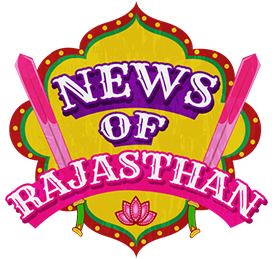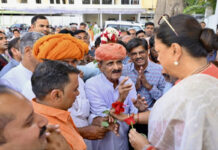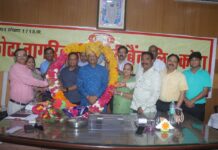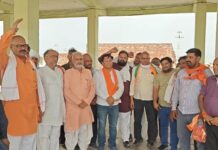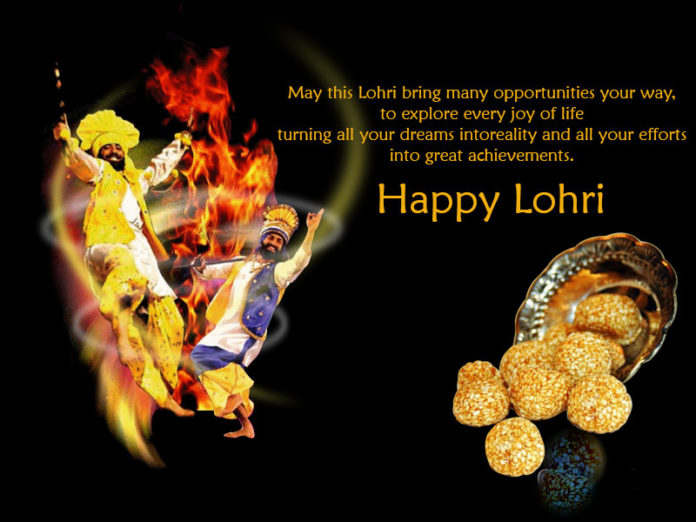
Bonfire, Chikki, Til (Sesame seeds) and Gur (Jaggery) sweets and kites– these are tempting enough to celebrate a festival. But, that’s not why we celebrate Makar Sankranti and Lohri every year. Cant’ think of any more reasons? Here, we’ll tell you why we celebrate these colourful festivals.
- Why does Makar Sankranti follow Lohri?
Lohri and Makar Sankranti are two major Indian festivals that fall back to back in the month of January, that is on the 13th and 14th day of the month, every year. While Lohri is associated with the end of the winter solstice, Makar Sankranti marks the beginning of Spring equinox.
About 16 centuries ago, both these festivals were celebrated in context with the winter solstice.
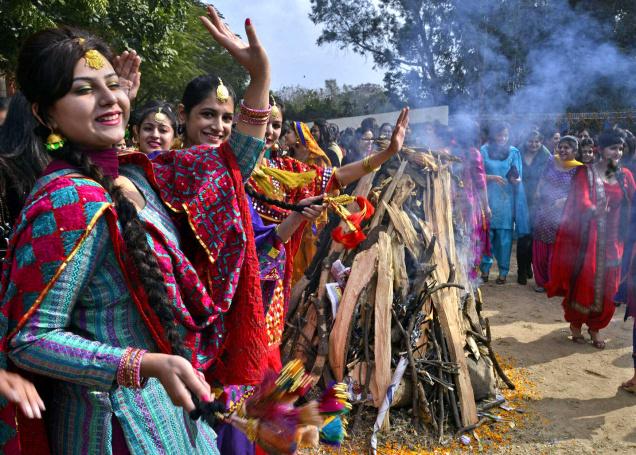
- Why do we Celebrate Lohri?
Lohri is a popular festival of India, mainly Punjab. The festival commemorates the last day of Winter solstice. Scientifically, Lohri represents the longest Winter night, followed by ‘Maghi’– the shortest day of the year.
People believe that the daylight is meant to increase from this day onwards. This is because the sun begins its northward journey. Therefore, the people celebrate Lohri.
- Why do Punjabis Celebrate this day with Great Fun and Festivities?
Traditionally, the Punjabis associate every festival with seasons and natural elements. The festival of Lohri is associated with the end of winter season. The festival of Teej is dedicated to Monsoons whereas Baisakhi is associated with Hemant (Spring).
Since Punjab is predominantly agricultural state and Lohri is the traditionally associated with Winter and Spring, the state celebrates it as an occasion for harvesting Rabi crops. On the day of Makar Sankranti, people enjoy the sweet fruits of their labour. Since sugarcane takes about 12 to 18 months to grow, farmers sow them between January to March and harvested between December to March.
Therefore, the people enjoy sesame seed grains and jaggery (a by-product of sugarcane) on this day.
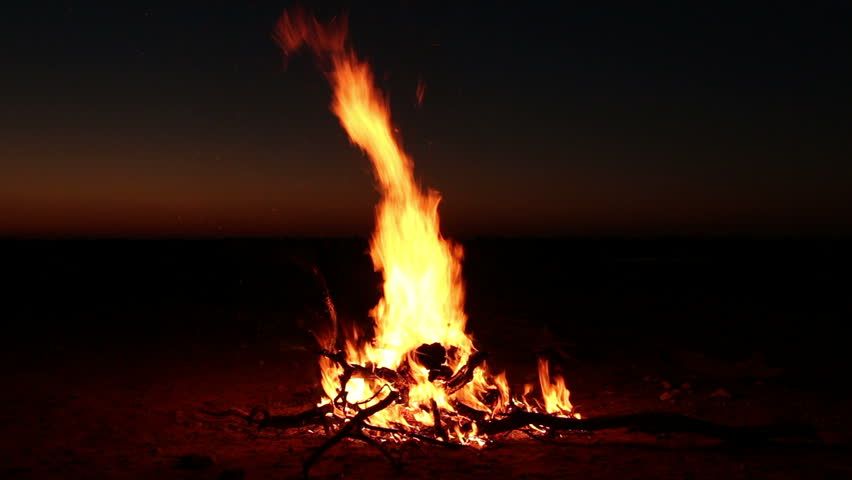
- Why do People Dance around the Bonfire?
The concept of bonfire came from the fact that since Lohri has the longest night, and probably it was cold too, people light a bonfire to spread light and warmth around. Moreover, bonfire represents that the duration of sunlight will increase from next day onwards.
- What do People Eat on Lohri?
People generally eat their winter produces like mustard greens, radish, beetroot and sugarcane. Therefore, people eat mustard and spinach curry (Sarson da Saag) with corn flour bread (Makke di Roti). They prepare sweets like Gajjak, Til ka Laddu and Chikki using sesame seeds and jaggery.
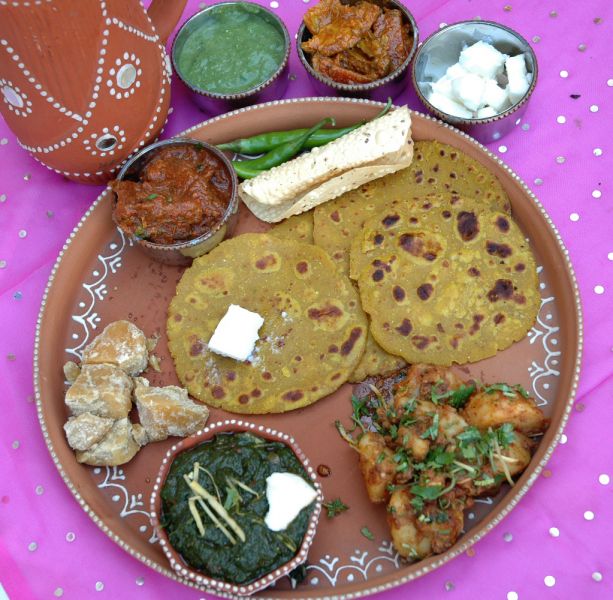
- Why do People Celebrate Makar Sankranti?
Traditionally, Makar Sankranti marks the transition of Sun northwards. Astrologically, the Sun enters into the house of Capricorn (that is it shifts from one house to another) therefore, it’s an important festival from the astrological point of view.
In scientific terms, Makar Sankranti marks the beginning of spring equinox that is the duration of both the day and the night is equal (12-hours each). Therefore, the people celebrate this festival.
- Why do People fly Kites?
People fly Kites outside in the sun because it’s believed that the earth receives diffused sunlight for 12 consistent hours. Soaking up healthy rays of the sun is considered good for health. It replenishes your body with essential vitamins and kills all the germs residing on your skin.
In time, people started associating sunbathing with other outside activities like flying kites, feeding the birds and playing outside. Besides, the sky is totally clear and you can fly kites for 12 long hours. Isn’t that wonderful?
- Why do people take a dip in the holy waters of Ganges?
Makar Sankranti is often associated with many religious pilgrimages like Gangasagar Mela, Kumbh Mela and Shabrimala pilgrimage. According to Hindu mythologies, it commemorates the union of River Ganges with the Ocean waters. That’s why people take a dip in the holy water of Ganges to get rid of their sins.
- Why do South Indians celebrate Pongal?
It’s believed that Lord Shiva punished bull God Nandi and sent him on earth to help humans plough their fields. Moreover, the cows were asked to provide them with milk to satiate their hunger and thirst. This is why people see the cattle as a God-sent gift and worship them like Gods.

So these were some interesting connections between the two festivals– Lohri and Makar Sankranti. If you wish to enjoy the real splendour of this festival, just head to the mustard fields of Punjab and lose yourself to the beautiful panorama around. Dance around and let the warmth of the bonfire engulf you. Feast on delicious sweets and fly kites all day long. That sounds fun, isn’t it?
